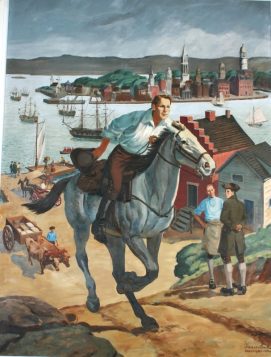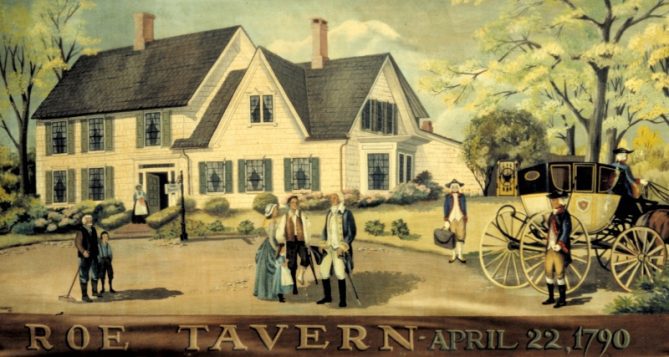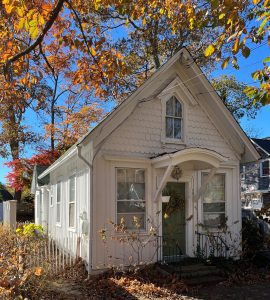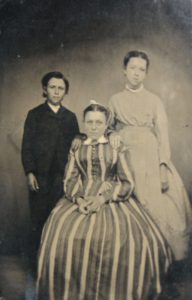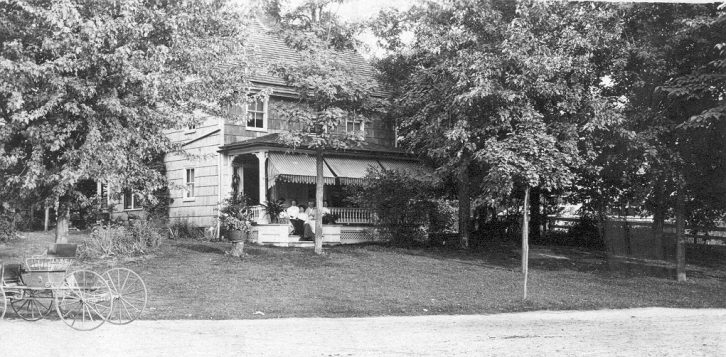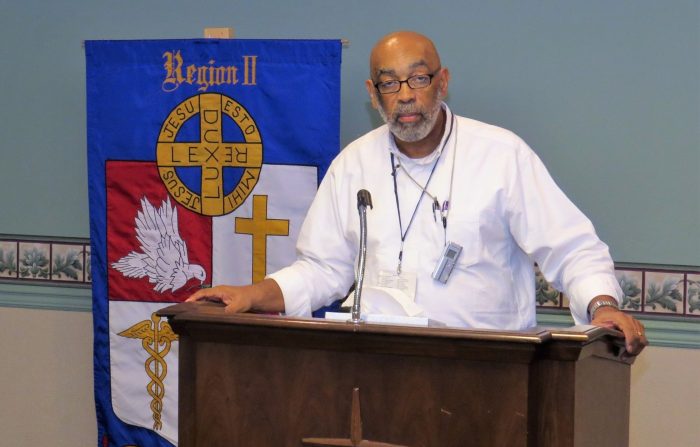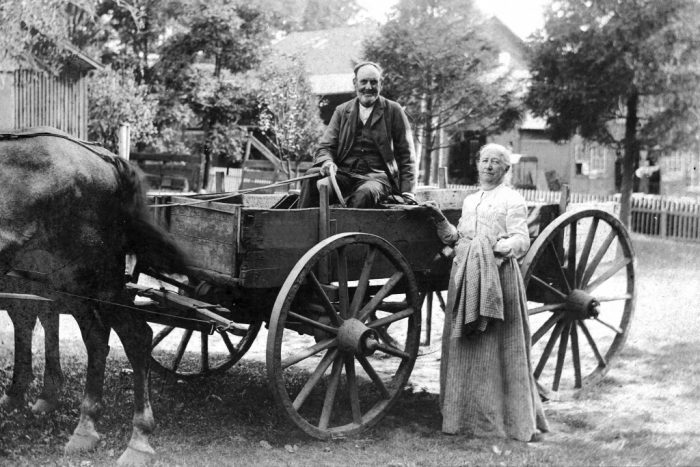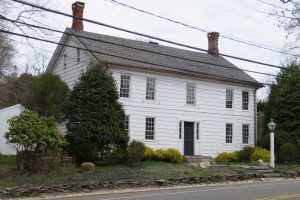By Beverly C. Tyler
A few years ago, on the eve of the celebration of Martin Luther King’s birthday, my wife and I watched the DVD movie “Amazing Grace,” based on the story of how a few dedicated men and women in England, at the beginning of the 19th century, ended the British slave trade. As dramatic as the story was, I was equally impressed by one of the special features, a tour of the National Underground Railroad Freedom Center in Cincinnati, Ohio. One of their on-line exhibits notes, “The transatlantic slave trade was the largest forced migration of people…which brought millions of Africans to America.”
One of the main concerns of the Freedom Center is that around the world, “there are estimated 21 million to 45 million people trapped in some form of slavery today… more than at any other time in human history.” A film, special feature or website is no substitute for an actual visit to the Freedom Center and other museums and historical societies that tell stories of our history, culture, diversity and the challenges we face.
There is a darker side to the diversity of our community. It has many facets, including stories of our enslaved people and our community’s part in the slave trade. One story begins here in East Setauket, along Shore Road, overlooking Setauket Harbor.
Joseph Rowland built the schooner-yacht “Wanderer” in 1857 for Colonel John D. Johnson, a member of the New York Yacht Club and a wealthy sugar planter from New Orleans. Johnson raced the schooner and won every race until the yacht club disallowed “Wanderer’s” participation due to her size and speed. Angered, Johnson and “Wanderer” left New York in late spring 1858 for a tour of the south, including Charleston and Savannah. At every port “Wanderer” was widely acclaimed.
During that tour Johnson sold “Wanderer” to William C. Corey and soon after she appeared in Port Jefferson. She was fitted out for the slave trade, probably at the yard of J.J. Harris. With installation of large water tanks and the appearance of the schooner “Charter Oak” outside the harbor with more supplies for “Wanderer”, S.S. Norton, surveyor of the port, became suspicious and notified federal officials in New York. The revenue cutter “Harriet Lane” intercepted “Wanderer” off Old Field Point and took her in tow to New York over Corey’s loud protests.
Corey glibly talked himself free and “Wanderer” was allowed to leave for Charleston, SC where the real owner Charles Augustus Lafayette Lamar surfaced. Lamar, staying in the background because of his previous connection with slavers, obtained customs clearance for her. They completed fitting out for the slave trade and sailed for Africa.
Slavers were rigged to outrun the slave squadrons of Great Britain and America, both of which were trying to stop the now illegal slave trade. On the west coast of Africa, “Wanderer” took aboard some 600 enslaved Africans and sailed for America. They were laid down side by side alternating head and feet, chained wrist to ankle, and kept there for days without sanitation.
On the evening of November 28, 1858, “Wanderer” landed 465 Africans on Jekyll Island, Georgia. The rest had died during the voyage and were unceremoniously tossed over the side. Most of the Africans suffered from diarrhea, dietary deficiencies and skin diseases. They were sick, tired, needed rest, care and good food to recover, but had to be dispersed as soon as possible to avoid Federal questions about their status. A camp was set up and Dr. Robert Hazelhurst, married to the sister of John and Henry DuBignon, owners of Jekyll Island, checked every African and none died in his care.
“Wanderer” was seized by Federal authorities, but the Africans, now on Georgia soil, a slave state, had been quickly sold at auction. There was outrage in the U.S. Congress but little, if anything, was done, less than two years before the start of the Civil War.
The real story of “Wanderer” is about the enslaved African people who survived and thrived. Cilucangy, (SIL-U-CANNY) who learned basket weaving from his mother was taken from field work when his talent was recognized. Ward Lee, his American slave name, and his wife and many of their descendants lived their lives in Aiken County, SC not too far from where he was first enslaved. They raised four children and many of their descendants moved north settling in New York and on Long Island. These included 87-year-old Ocea Lee-Barnes, a resident of Hempstead, Long Island when she was interviewed in 2008 at a “Wanderer” survivor reunion on Jekyll Island. Cilucangy told his story in 1908 to an anthropologist from the University of Chicago. He dreamed of returning to Africa and died ten years later without fulfilling his dream.
As of March 2024, the state of Georgia has identified at least 67 of the 409 captive men, women and children who were illegally smuggled aboard “Wanderer.” Cilucangy’s sons moved north, grandson William moved to Brooklyn. In the 1980s, his great-great granddaughters were named the Doublemint Gum Twins. Today the family includes teachers, lawyers, and guidance professionals. Margaret Higgins, another great-granddaughter of Cilucangy, lived in Nassau County and her grandson is named Alexander Cilucangy Valenti.
Many enslaved Africans from “Wanderer” remained in the coastal areas of South Carolina and Georgia with a number being sold to plantations and individuals around Brunswick, Georgia and Jekyll Island. From December 1858 until the start of the Civil War, newspapers followed the destinies of some “Wanderer” enslaved Africans who were discovered in all the states of the lower south. Partly as a result of enslaved Africans landing on Jekyll Island, the Buchanan administration (1857-1861) strengthened the African squadron by adding steamers of war and permitting closer co-operation with the British.
In 1861, “Wanderer” was seized by the federal government and used as a Civil War gunboat. She was credited with capturing four prizes. After the war the U.S. Navy sold her to private owners who ran her aground on Cape Maisi, east of Cuba, on January 21, 1871 and she was a total loss. “The Last Slave Ships – New York and the end of the middle Passage,” a 2020 book by John Harris, tells the story of New York City’s extensive involvement in the slave trade.
Extensive research on shipbuilding in the Three Village area and Suffolk County was conducted over many decades by local writer and historian William B. Minuse (1908-2002). His research on “Wanderer” included a trip to Jekyll Island, Georgia where he was able to photograph items such as the mess kettle used to feed the enslaved Africans after they arrived on Jekyll Island.
Author Beverly C. Tyler is Three Village Historical Society historian and author of books available from the Three Village Historical Society, 93 North Country Rd., Setauket. Tel: 631-751-3730. http://WWW.TVHS.org






